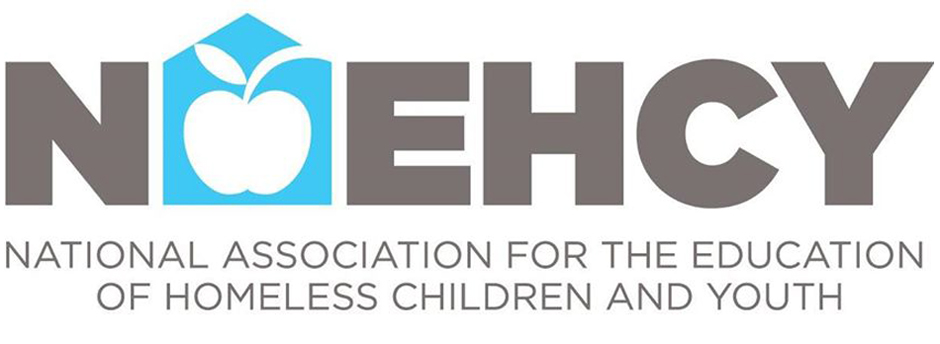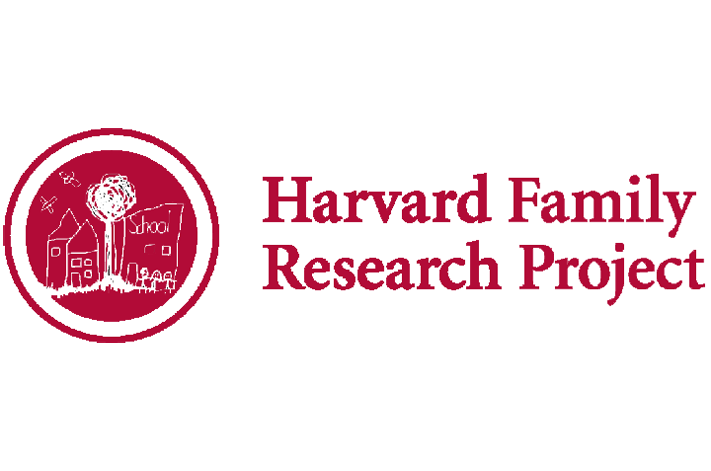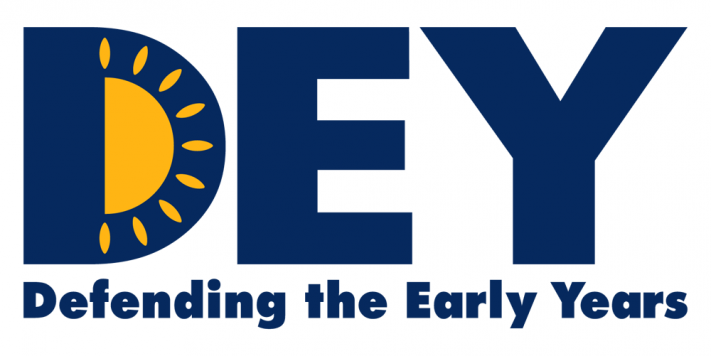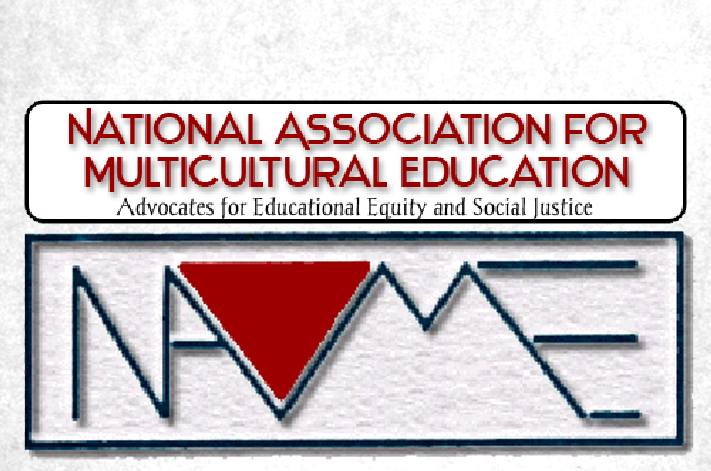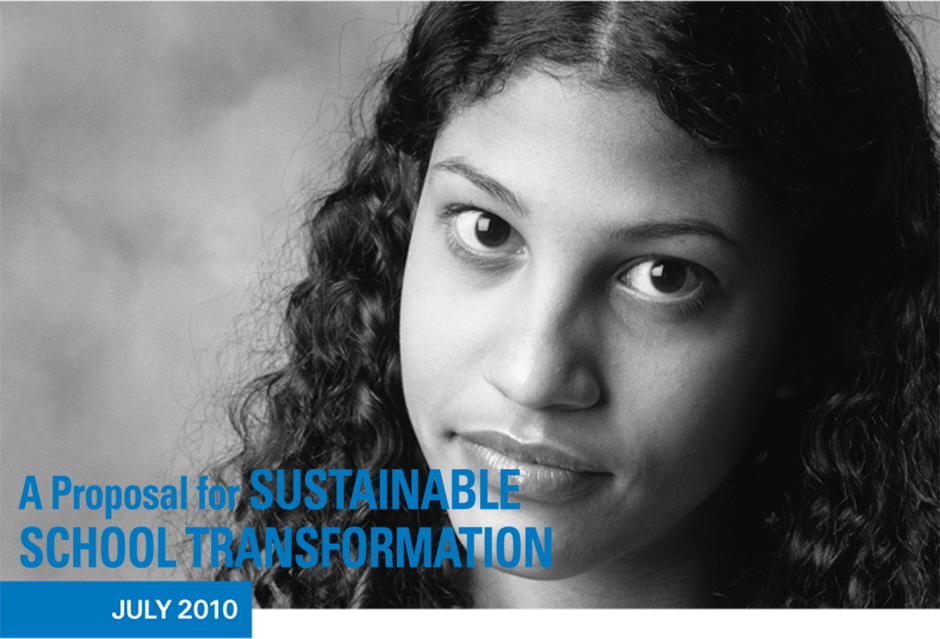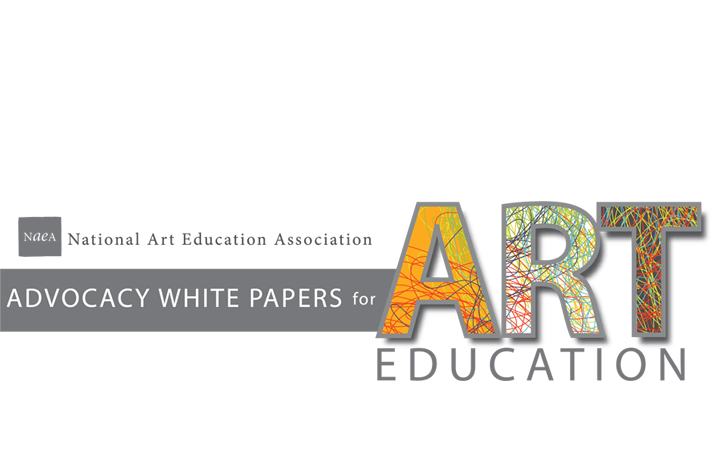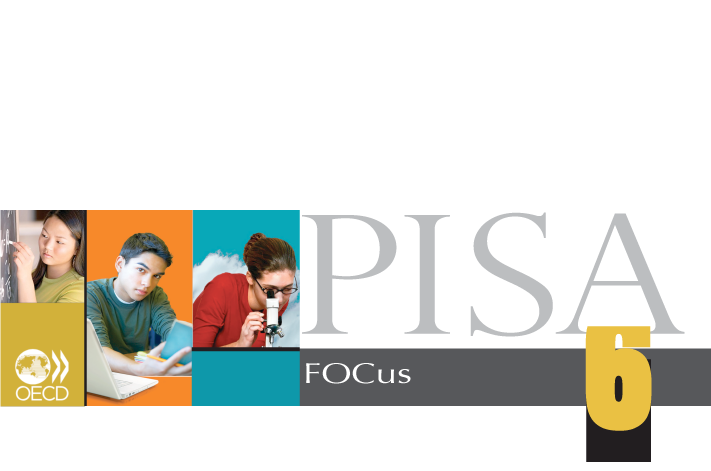Project Description
Facts And Resources About The Education of Children And Youth Experiencing Homelessness?
How Many Children and Youth Experience Homelessness?
In the 2011-2012 school year, 1,166,339 homeless children and youth were enrolled in public schools.1 This is a 71 percent increase since the 2006-2007 school year. It is important to note that this number is not an estimate of the prevalence of child and youth homelessness; in fact, it is an underestimate, because not all school districts reported data to the U.S. Department of Education, and because the data collected represents only those children identified and enrolled in school. Finally, the number does not include all preschool-age children, or any infants and toddlers.
Other research indicates that child homelessness may be more widespread than school data suggest. A study published in the August 2009 edition of the American Journal of Public Health found that 7 percent of fifth-graders and their families have experienced homelessness at some point in their lives, and that the occurrence is even higher – 11 percent – for African-American children and those from the poorest households. The study used a very narrow definition of homelessness, only including families living in shelters or on the streets. Yet even with this narrow definition, the study suggests that in a classroom of 28 fifth-graders, two students would have been homeless at some point in their lives.
How is Homelessness Defined?
The federal definition of homelessness used by all public schools in the United States includes children and youth who lack a fixed, regular, and adequate nighttime residence. This definition specifically includes children and youth living in shelters, transitional housing, cars, campgrounds, motels, and sharing the housing of others temporarily due to loss of housing, economic hardship, or similar reasons. This is the same definition of homelessness used by Head Start, special education, child nutrition, and other federal family and youth programs.
The education definition of homelessness reflects the reality of family and youth homelessness. Emergency shelters in urban and suburban areas cannot meet demand, turning away requests for shelter. Many shelters place eligibility restrictions on families and youth; for example, many shelters do not admit families with adolescent boys, or do not allow unaccompanied minors. Rural and suburban areas may not have shelters at all. Families and youth may not have enough money to stay at a motel, or they may leave their homes in crisis, fleeing to the first available location.
Youth who are homeless without an adult may be afraid to enter an adult shelter.
As a result of the lack of shelter, most students in homeless situations share housing with others temporarily, or stay in motels or other short-term facilities. These situations are precarious, damaging, crowded, unstable, and often unsafe, leading to extraordinary rates of mobility. According to the most recent federal data, of the children and youth identified as homeless and enrolled in public schools in the 2011-2012 school year, only 15 percent lived in shelters. Seventy- five percent lived with other people because they had nowhere else to go, 5 percent lived in motels, and the remainder lived in unsheltered locations.2
Why Are Children and Youth Homeless?
Homelessness is a lack of permanent housing resulting from extreme poverty and/or unsafe or unstable living environments (e.g., conditions of domestic violence, child abuse and neglect, or natural or other disasters).
Two trends are largely responsible for the rise in family homelessness over the past several decades: a growing shortage of affordable rental housing and a simultaneous increase in severe poverty. The mean income of families experiencing homelessness is less than half the poverty line.3 There is a rising gap between income and housing costs for low-income individuals. For example, a full-time minimum wage worker cannot afford the fair market rent for housing in every county and state within the United States.4 Domestic violence, health, and mental health problems also contribute to family homelessness.
Unaccompanied homeless youth include young people who have run away from or been thrown out of their home or been abandoned by their parents. The primary causes of homelessness among unaccompanied youth are physical and sexual abuse by a parent or guardian, neglect, parental substance abuse, and extreme family conflict. It is estimated that between 1.6 and 1.7 million youth run away or are forced to leave home each year.5
How Does Homelessness Affect Children and Youth’s Education?
In a life filled with uncertainty, loss, and deprivation, school can be a place of safety, structure, and opportunity. Yet homeless children and youth face unique barriers to education. These barriers include:
- Being unable to meet enrollment requirements (including requirements to provide proof of residency and legal guardianship, and school and health records)
- High mobility resulting in lack of school stability and educational continuity
- Lack of transportation
- Lack of school supplies and clothing
- Poor health, fatigue, and hunger
- Emotional crisis/mental health issues
- For unaccompanied homeless youth, lack of a parent or guardian
When these barriers are not addressed, homeless children and youth often are unable to attend, or even enroll in, school, which prevents them from obtaining the education that is both their legal right and their best hope of escaping poverty as adults.
What Educational Rights Do Homeless Children and Youth Have?
Subtitle VII-B of the McKinney-Vento Homeless Assistance Act (referred to as the McKinney- Vento Act) is a federal law designed to remove barriers to education created by homelessness, and thereby increase the enrollment, attendance, and success of children and youth experiencing homelessness. The McKinney-Vento Act was passed in 1987 and most recently amended in 2001. The McKinney-Vento Act requires that state and local educational agencies provide students experiencing homelessness with access to school and support for their attendance and success. Key provisions of the 2001 reauthorized Act include:
- Students who are homeless can remain in one school, even if their temporary living situation is located in another school district or attendance area, if that is in their best interest. Schools must provide transportation.
- Children and youth who are homeless can enroll in school and begin attending immediately, even if they cannot produce normally required documents, such as birth certificates, proof of guardianship, immunization records, or proof of residency.
- Every school district must designate a homeless liaison to ensure the McKinney-Vento Act is implemented in the district. Homeless liaisons have many critical responsibilities, including identification, enrollment, and collaboration with community agencies.
- Every state must designate a state coordinator to ensure the McKinney-Vento Act is implemented in the state.
- Both state coordinators and homeless liaisons must collaborate with other agencies serving homeless children, youth, and families to enhance educational attendance and success.
- State departments of education and school districts must review and revise their policies and practices to eliminate barriers to the enrollment and retention in school of homeless children and youth.
The McKinney-Vento Act contains many other provisions designed to support the education of children and youth experiencing homelessness. It is a critical tool in any effort to help these students meet their educational goals.
2 U.S. Department of Education, Federal Data Collection 2010-11.
3 Burt, Aron, Douglas, et al., Homelessness: Programs and the People They Serve: Summary Report-Findings of the National Survey of Homeless Assistance Providers and Clients, The Urban Institute (1999).
4 National Low Income Housing Coalition, Out of Reach (2009), at http://www.nlihc.org/oor/oor2009/.
5 Toro, P., Dworsky, A. and Fowler, P. (2007). “Homeless Youth in the United States: Recent Research Findings and Intervention Approaches.” Toward Understanding Homelessness: The 2007 National Symposium on Homelessness Research. Washington DC: U.S. Dept. of Housing and Urban Development.; National Runaway Switchboard, http://www.1800runaway.org/.
Web Resources
National Association for the Education of Homeless Children and Youth – www.naehcy.org NAEHCY is a national grassroots membership association serving as the voice and the social conscience for the education of children and youth in homeless situations. NAEHCY connects educators, parents, advocates, researchers and service providers to ensure school enrollment and attendance, and overall success for children and youth whose lives have been disrupted by the lack of safe, permanent and adequate housing. NAEHCY accomplishes its goals through advocacy, partnerships, and education. An annual conference is held every year, bringing together 600-800 professionals for a unique professional development opportunity.
National Center on Homeless Education – www.serve.org/nche
Funded by the U.S. Department of Education, the National Center for Homeless Education is a national resource center of research and information enabling communities to successfully address the needs of homeless children and youth and their families. NCHE products include educational rights posters, parent brochures, the LEA Homeless Education Liaison Handbook, the State Coordinators’ Handbook, and the NAEHCY listserv.
National Center on Family Homelessness – www.familyhomelessness.org
NCFH is a national nonprofit organization dedicated to developing long-term solutions to family homelessness. The Center is committed to: (1) building a rigorous knowledge base in the areas of family homelessness and poverty; (2) creating model programs, service demonstrations and technical assistance products; and (3) disseminating information to increase public awareness and improve national, state, and local policies and programs.
National Law Center on Homelessness & Poverty – www.nlchp.org
NLCHP monitors and enforces compliance with the McKinney-Vento Act, providing technical assistance to attorneys, service providers, parents and educators across the country to ensure that homeless children gain access to public school. The NLCHP website includes a self-advocacy kit, a flowchart for determining homelessness, reproducible Q&A booklets, and many other materials.
Horizons for Homeless Children – www.horizonsforhomelesschildren.org
Horizons for Homeless Children is dedicated exclusively to serving young homeless children and their families. HHC provides direct services to young children and their families in Massachusetts. In addition to direct service, HHC advocates on behalf of young homeless children and their families with policy makers, and provides training and technical assistance to related service providers.
National Network for Youth – www.nn4youth.org
The National Network for Youth is dedicated to ensuring that young people can be safe and lead healthy and productive lives. In doing so, young people are championed, especially those who because of life circumstance, disadvantage, past abuse or community prejudice have less opportunity to become contributing members of their communities.
